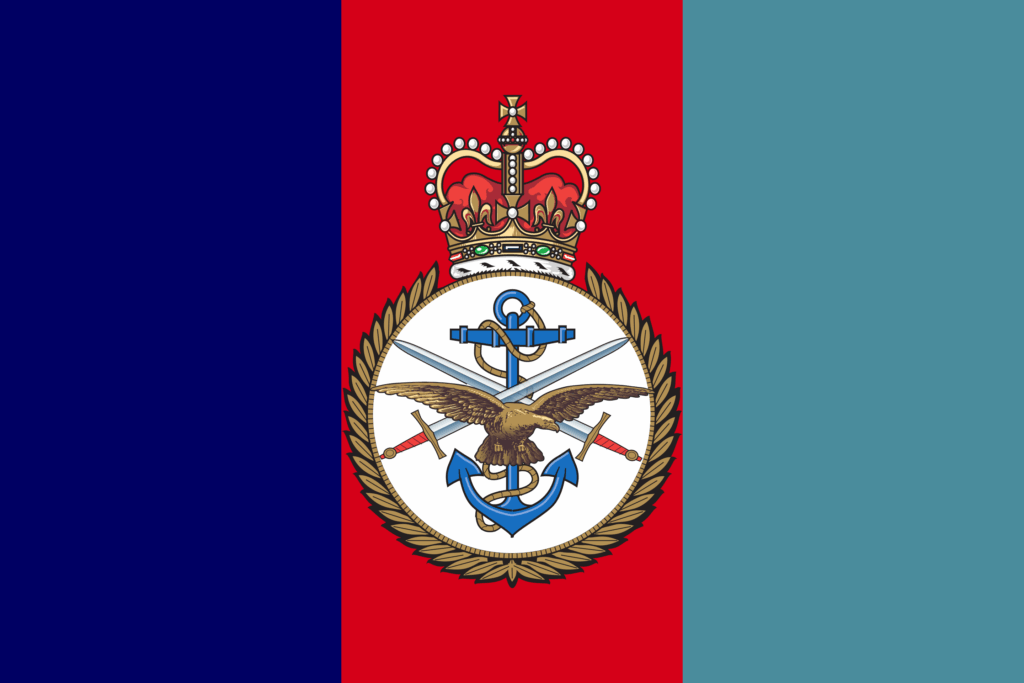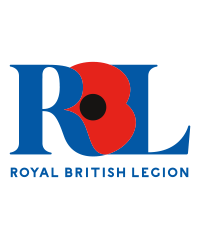 RAND Europe is conducting research for the Royal British Legion to project the future size and demographics of the UK Armed Forces Community. This study focuses on various demographic aspects, including gender, ethnicity and nationality, as well as prevalence of separation or divorce, bereavement and support needs. Additionally, RAND Europe is performing preliminary research to assess how different future scenarios could potentially change the size and demographics of the Armed Forces Community. The findings will guide the Royal British Legion’s strategic planning out to 2045.
RAND Europe is conducting research for the Royal British Legion to project the future size and demographics of the UK Armed Forces Community. This study focuses on various demographic aspects, including gender, ethnicity and nationality, as well as prevalence of separation or divorce, bereavement and support needs. Additionally, RAND Europe is performing preliminary research to assess how different future scenarios could potentially change the size and demographics of the Armed Forces Community. The findings will guide the Royal British Legion’s strategic planning out to 2045.
What is the issue?
The UK Armed Forces charity sector supports a large and varied community of UK Armed Forces personnel, veterans and their families, including the bereaved. By 2045, this community’s size and demographics are expected to change considerably. Current forecasts suggest the veteran community is becoming smaller, younger and more diverse in terms of gender, ethnicity and other demographic factors. Changes in Defence workforce policies, such as efforts to enhance diversity within the Armed Forces, contribute to this evolution. As the demographics of Service personnel, veterans and their families shift, so too do their support needs in areas like wellbeing, employment, finance and housing.
To help inform the Royal British Legion’s planning for future service provision, policy influencing, campaigns and research projects in this changing landscape, RAND Europe is producing population projections of the UK Armed Forces Community. In the first phase of this work, RAND Europe developed tri-Service forecasts on the potential changes in the Armed Forces Community’s size and demographics, assuming historical trends persist. The second phase of the research will increase the granularity of these forecasts as well as include additional factors relating to relationship breakdown, bereavement and support needs. It has also included specific analysis of the numbers of WWII veterans likely to be living in 2025, and in future years.
This work builds on a study funded by the RAF Benevolent Fund and Greenwich Hospital which developed population projection models to forecast the size and demographics of the Royal Air Force, Royal Navy and Royal Marines communities.
How are we helping?
This project aims to deliver refined estimates of the Armed Forces Community’s size and demographics, with six key objectives:
- Estimate the number of WWII Veterans for each year from 2021 to 2030.
- Estimate the size and demographics of the Armed Forces Community up to 2045, focusing on characteristics such as gender, ethnicity, and nationality.
- Estimate the current and future numbers of separated partners/spouses and children of serving personnel and veterans.
- Estimate the current and future size of the Armed Forces Bereaved Community.
- Forecast the number of individuals within the Armed Forces Community who are disabled, in poor health or provide unpaid care, and scope additional needs.
- Conduct a scoping analysis of the impact of various scenarios on the Armed Forces Community’s size and demographics.
The project will primarily utilise RAND Europe’s population projection methodology, which integrates Bayesian Hierarchical Modelling and a Stocks-and-Flow Methodology. This approach will be supplemented by stakeholder workshops to test and validate assumptions.
